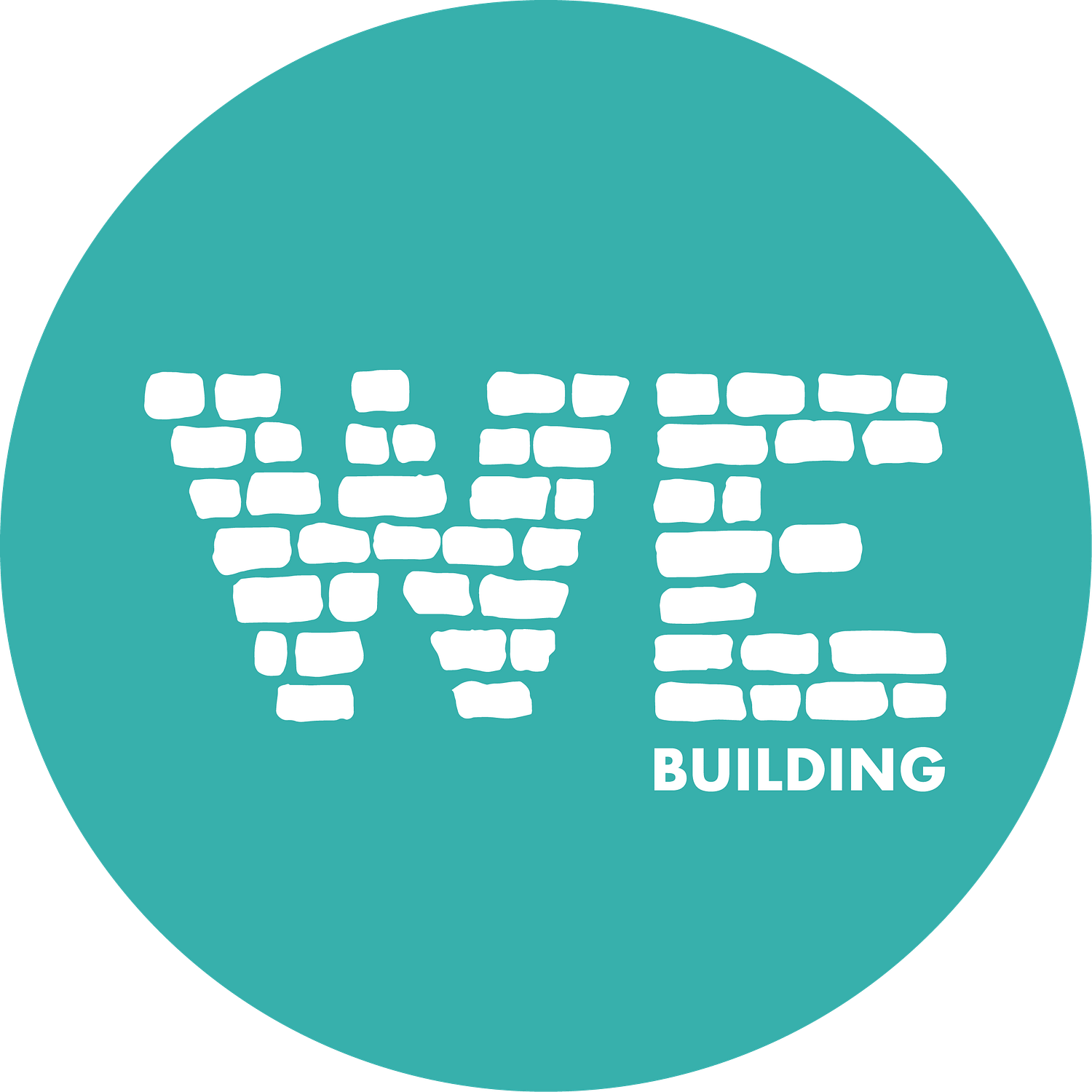An interview with Felix Holland from Localworks | WEtalking+
Reading time: 3 min.
Welcome to our WEtalking+ interview series, in our second interview round we meet Felix Holland, lead Architect of Localworks the collaborative based in Kampala, Uganda with the mission to create green, contextual and adaptive design architecture.
While bringing true change to the local communities, we at We-Building also would like to highlight similar works by other organizations close to us, thereby building a wider ecosystem of like-minded organizations to help build a better world.
“We are designers and builders who think of themselves as pragmatic idealists”.
Their goal is to create projects that mainly include creating comfortable and inspiring spaces for the users in a way that is in harmony with the environment. Their portfolio mainly includes projects from the educational and hospitality sectors.

As Felix Holland recalls “The Localworks story started in 2013, with the founding of Studio FH Architects. Over the years, Studio FH established strong relationships with a number of engineering, landscape and cost consultancy practices which eventually led to the creation of the ‘Localworks roof’ under which all of us now work”.
The team constituted by designers and builders define themselves as pragmatic idealists, says Felix Holland.
Felix and his team had identified the need to bring innovation and idealism to the construction sector and their mission is to spearhead ecological architecture across the region. He explains that their pillars are defined as Research, Design, Build and Share. “The last of the four highlights that we see ourselves as more than a commercial practice in that we want to share with a wider community the lessons we are learning in our daily practice”. Their desire to share the knowledge with other communities has led to the creation of the Localtalks series which are quarterly public events dedicated to green design in East Africa.
When asked how their projects contribute to a sustainable future, Felix responds by saying that their aim is to develop buildings that are appropriate for their surroundings by combining modern architecture with buildings that have a lower environmental impact. Another aim is to promote biodiversity around the projects – “it is our ambition to leave completed projects behind with a richer biodiversity than before we started”.
One of the big challenges, Felix explains, is setting the right priorities, sometimes they have more ideas than they can actually implement. His advice is to be patient and grow organically and we completely agree with him.

Localworks have a lot on their pipeline, for example, at the moment they are constructing a prototype of a fully pre-fabricated low-cost house that is targeted at teachers’ accommodation for many of their upcountry schools.
They are also celebrating their recently completed earth bag project – Mustardseed Junior School and the restoration of a Cistercian Monastery which has been under construction for the last three years in Southern Uganda.
For Felix sustainability and social impact really means using contextual, adaptive design philosophy. “ ‘Green’ is essential to us, and our understanding of it is basic and fundamental; where we site a building, how we shape and orientate it, how we relate it to topography, views and vegetation, which materials we use, how we ventilate the building and how we protect it from rain”. This is their understanding of ‘ecological’ and it shapes everything they do – “In our opinion, this is far more effective than deploying post – design high-tech to dress up problems that could have been avoided in the first place”.
We want to conclude this interview with the encouraging tip that Felix shared for our readers:
“Keep it simple and human, don’t be fundamentalist and don’t stop dreaming. Architects and builders can – and will – play their part in saving this planet”.
For more information on Localworks, we invite you to visit their social media channels:
Website | Instagram | Facebook
*WEtalking+ is a new series of posts telling the unheard stories of inspiring changemakers around the world. Their projects are contributing to creating a better world through sustainable social and environmental initiatives, linked to construction and architecture practices. ♻️


























